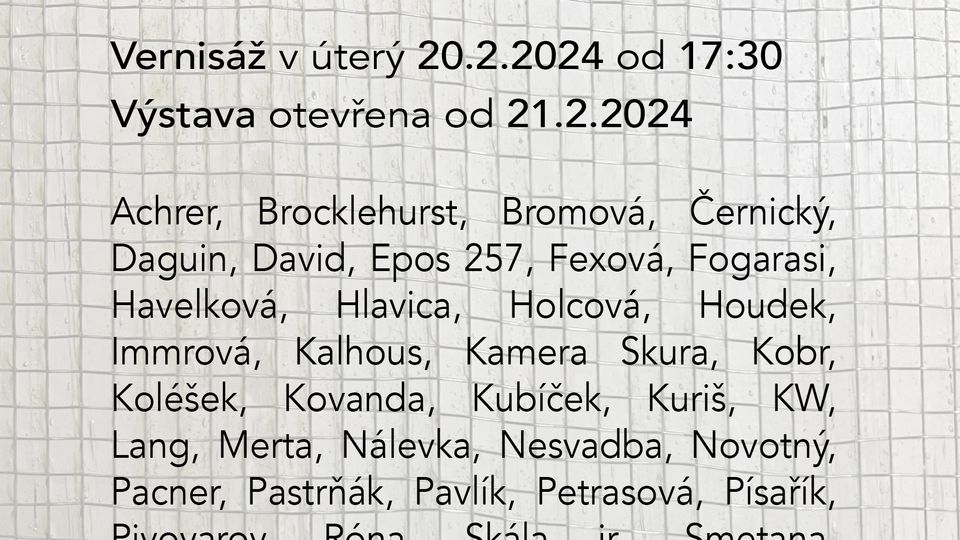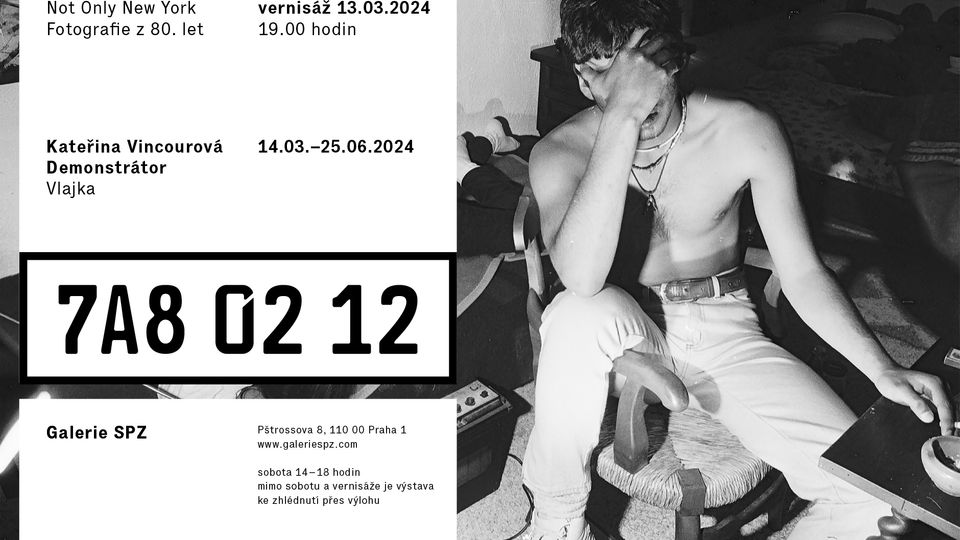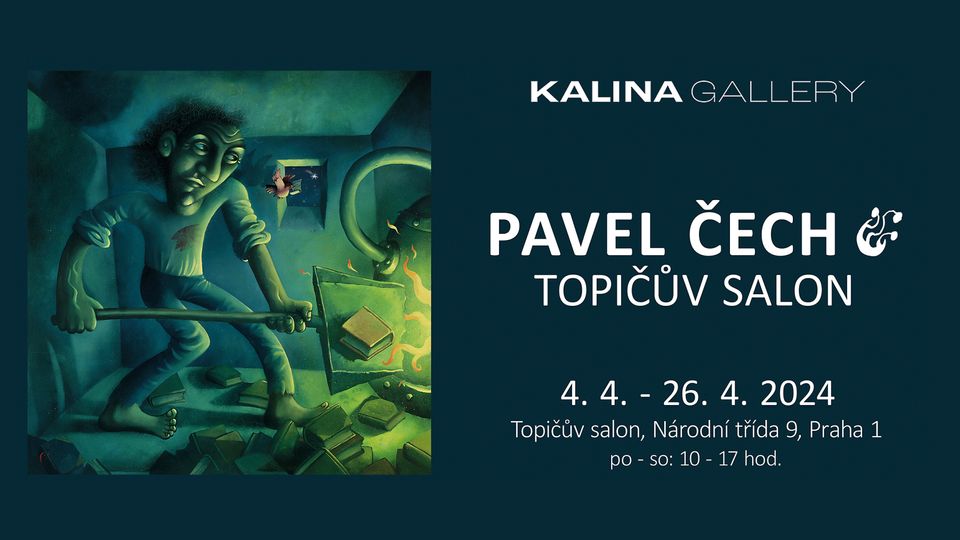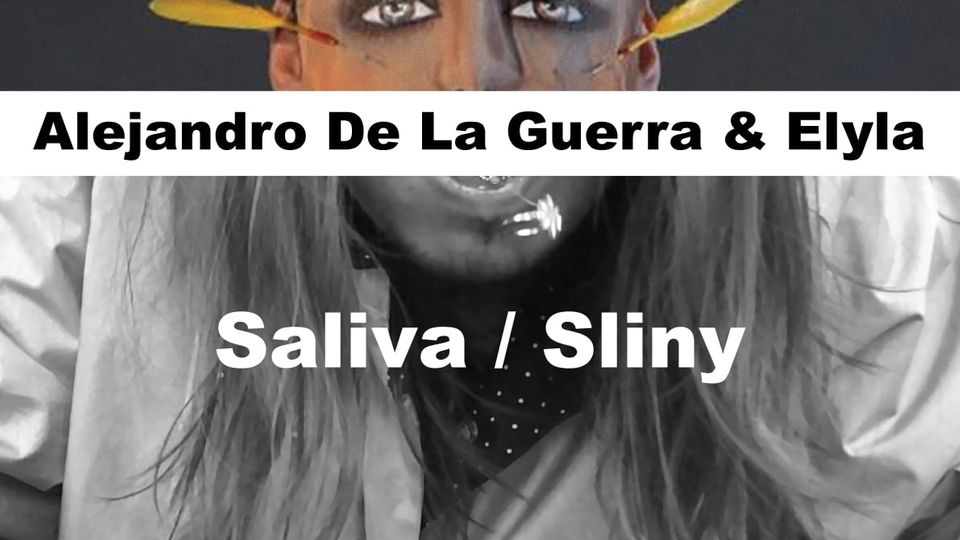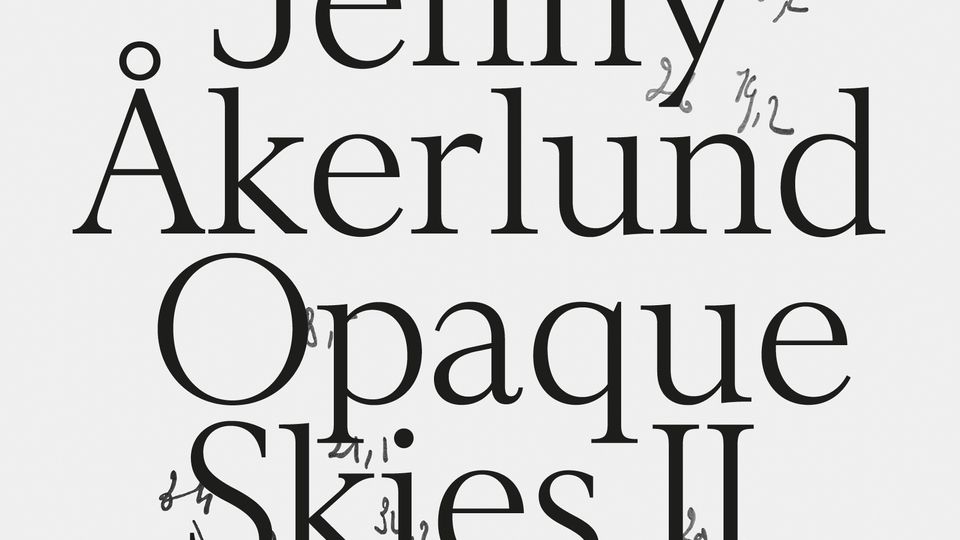Christopher Long: Problems in Art Historiography – Two Case Studies
4. 10. 2017
Přednášky a diskuze
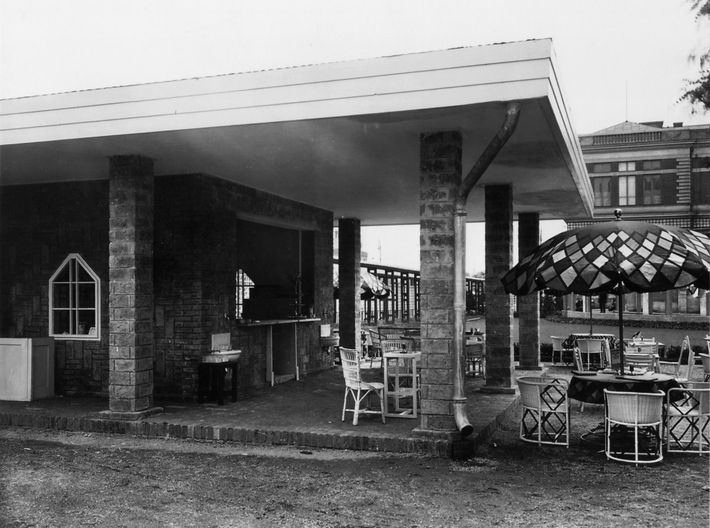
As historians of art in whichever area of specialization we pursue, we encounter shared problems in the ways in which we study the past and how we interpret it. This lecture will address two such issues in the history of modern architecture: the problem of style, especially as it relates to technology; and the problem of influence. The first case study, which looks at early modernist buildings in New York and Vienna, involves the ways in which surface and structure can stand in opposition, and how such oppositions cloud the meanings of style. The second case study, which focuses on Mies van der Rohe’s Barcelona Pavilion, asks questions about the origins of form and why it is so difficult at times to establish legitimate “lineages” of influence.
Dr. Christopher Long is University Distinguished Teaching Professor in the School of Architecture at the University of Texas at Austin. His publications include Josef Frank: Life and Work (University of Chicago Press, 2002), Paul T. Frankl and Modern American Design (Yale University Press, 2007), The Looshaus (Yale University Press, 2011), Kem Weber: Designer and Architect (Yale University Press, 2014), and The New Space: Movement and Experience in Viennese Modern Architecture (Yale University Press, 2016). He is also co-editor, with Tano Bojankin and Iris Meder, of Josef Frank: Schriften / Writings, 2 vols. (Metro Verlag, 2012).

